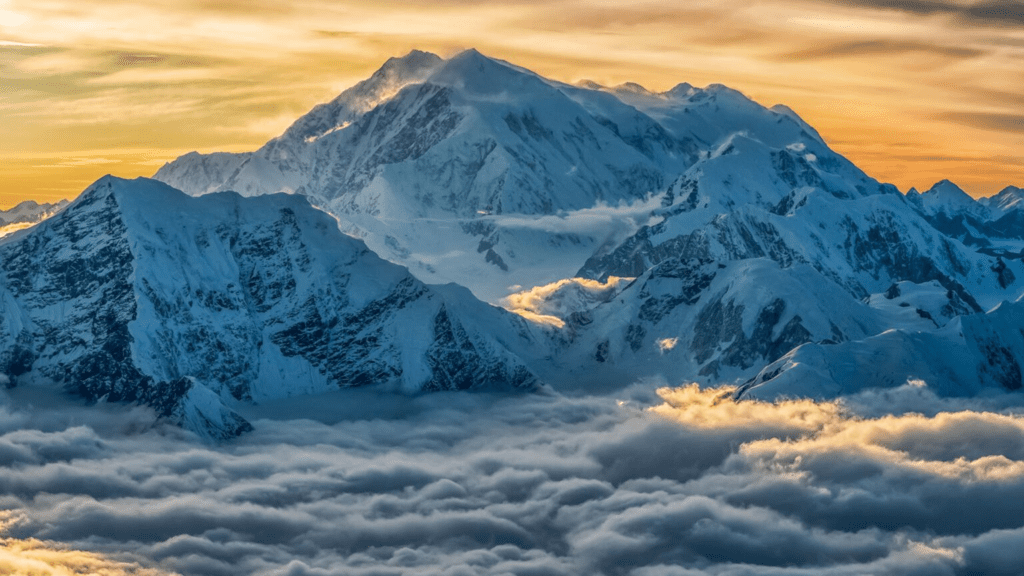In the vast expanse of the cosmos, where stars twinkle and galaxies swirl, the Vera C. Rubin Observatory’s Legacy Survey of Space and Time (LSST) Camera emerges as a groundbreaking sentinel. This isn’t just any camera; it might very well be the most colossal digital eye ever crafted for the heavens. Nestled within the Department of Energy’s SLAC National Accelerator Laboratory, this marvel’s creation story is woven with challenges, discoveries, and an insatiable thirst for knowledge.
Decoding the Universe, One Image at a Time
Dr. Yousuke Utsumi, a luminary in the LSST Camera project, captures the essence of their mission: “converting images to scientific knowledge.” This camera isn’t merely about capturing the ethereal beauty of the universe but charting its vastness with unparalleled precision. It’s a quest to unravel the enigmatic dark matter. Dr. Utsumi sheds light on the inevitable imperfections even in such advanced tools, emphasizing, “We need to understand what’s going on there so we can correct for it.”
For three cosmic cycles (months, in earthly terms), Dr. Utsumi and his team embarked on a stellar journey, capturing myriad images with the LSST Camera sensors. This celestial expedition aimed to discern and rectify distortions, ensuring that what the camera perceives mirrors the universe’s true essence. Their odyssey also led them to tackle challenges like the amplified appearance of luminous celestial bodies and the elusive “ghosts” birthed from electronic whispers within the camera.
Harmonizing the Cosmic Symphony: More than Just Lenses
Venturing beyond the stars, Stuart Marshall, the maestro orchestrating the LSST Camera’s operations, delves into its intricate machinery. This camera isn’t just about lenses and sensors; it’s a universe in itself, complete with a cooling cosmos, computational constellations, and an electronic ensemble. Marshall, with a twinkle reminiscent of a distant star, shares, “Once everything is working correctly, we can sit there taking data, and there’s a small army of people to look at what comes out and do science.”
Marshall’s celestial dance involves ensuring the sensors are bathed in the icy embrace of -100 degrees Celsius and orchestrating a seamless cosmic data ballet. He also reflects on the unique challenges of operating this marvel amidst the lofty Chilean peaks, emphasizing their relentless pursuit of perfection.
Similar Posts
Crafting the Cosmic Code: Gearing Up for Chile’s Starry Nights
Tony Johnson, the sage of software, steers the camera’s digital soul. He’s the guardian of the camera control software, the force that breathes life into this astronomical marvel. Reflecting on their progress, Johnson muses, “At this stage, everything is mostly finished, but myriad things can be improved.”
Johnson and his team are on a quest to ensure the camera’s digital heartbeats resonate harmoniously. Their journey is also about preparing this sentinel for its watch atop the Simonyi Survey Telescope in Chile. Johnson underscores the essence of knowledge sharing, ensuring that Chile’s astronomical guardians are well-prepared for their cosmic vigil.
To Infinity and Beyond: A Celestial Odyssey
The LSST Camera, a jewel of the Vera C. Rubin Observatory, is a testament to human ingenuity and our age-old quest to understand the universe. Each calibration, each software tweak, is a step closer to unveiling the cosmos’s mysteries. As we stand on the cusp of new discoveries, Johnson’s words resonate with every stargazer’s dream: “We’re building it because we see the end goal of getting new science out of it.”

















